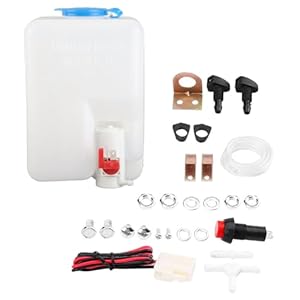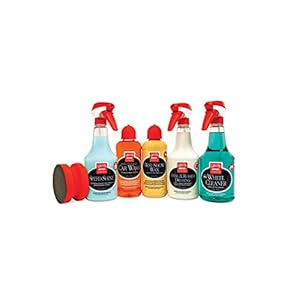
You’re driving down the road, focused on getting to your destination, but have you ensured your child’s safety in the car? Understanding the importance of using the right car seat and installing it correctly is just the beginning. There are additional smart tips that can further enhance your child’s safety during travels. From minimizing distractions to teaching crucial car safety rules, there are key strategies that can make a significant difference in keeping your little one safe on the road. But what are these strategies, and how can they be effectively implemented to ensure maximum protection for your child?
Importance of Proper Car Seat Usage
To keep your child safe in the car, ensure proper usage of car seats. This means selecting the right car seat based on your child’s age, weight, and height. Make sure to install the car seat correctly following the manufacturer’s instructions. Double-check that the seat is securely fastened and doesn’t move more than an inch in any direction.
Remember to keep your child rear-facing for as long as possible. Rear-facing car seats provide the best protection for young children in the event of a crash. Once your child outgrows the rear-facing seat, transition them to a forward-facing car seat with a harness. Ensure the harness fits snugly and that the chest clip is positioned at armpit level.
As your child grows, they’ll eventually need a booster seat. Booster seats help position the seat belt correctly across your child’s chest and hips. It’s crucial to use the booster seat until your child is big enough to use the adult seat belt safely. By following these guidelines, you can significantly reduce the risk of injury to your child in the car.
Minimizing Distractions While Driving
Minimize distractions while driving by keeping your focus on the road ahead at all times. This means refraining from texting, talking on the phone, eating, or engaging in any other activities that take your attention away from driving. Remember, even a momentary distraction can lead to a serious accident. It’s crucial to prioritize the safety of your children and yourself by staying fully focused on the task of driving.
Additionally, try to set up everything you may need for the journey before you start driving. This includes adjusting mirrors, setting up navigation systems, and ensuring that children are comfortable and entertained. By preparing in advance, you can reduce the need to multitask while on the road.
If you have young children in the car, it’s essential to address their needs before you begin driving. Make sure they’re securely buckled in their car seats, have their favorite toys or snacks within reach, and are aware of the importance of staying calm and quiet during the journey. This proactive approach can help minimize distractions and create a safer driving environment for everyone.
Teaching Children Car Safety Rules
Ensuring children grasp essential car safety rules is paramount for their well-being on the road. Teaching them these rules from a young age sets a foundation for a lifetime of safe practices.
Start by explaining the importance of wearing seat belts at all times when in a moving vehicle. Emphasize that seat belts should be properly fastened and snugly secured across the chest and lap.
Teach children to remain seated while the car is in motion, avoiding unnecessary movements that could distract the driver. Encourage them to keep their hands and heads inside the vehicle to prevent any accidents.
Additionally, educate them about the dangers of opening car doors while the vehicle is still moving and the importance of waiting for the car to come to a complete stop before exiting.
Regular Car Seat Inspections
Check your child’s car seat regularly to ensure it’s properly installed and secure for their safety on the road. Car seat inspections are crucial in guaranteeing that your child is protected in the event of a collision.
Begin by examining the seat’s installation to confirm it’s tightly secured in the vehicle. Check for any loose straps or buckles that may compromise the seat’s effectiveness. Verify if the harness is snug against your child’s body without any twists. Inspect the recline angle to ensure your child’s head won’t slump forward while sleeping.
Regularly assess the car seat for any signs of wear and tear, such as frayed straps or cracked plastic. If you’re unsure about the seat’s condition, seek help from a certified technician to perform a thorough inspection.
Automotive & Tools














